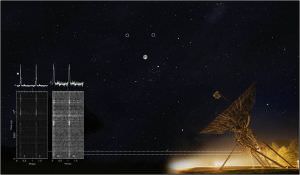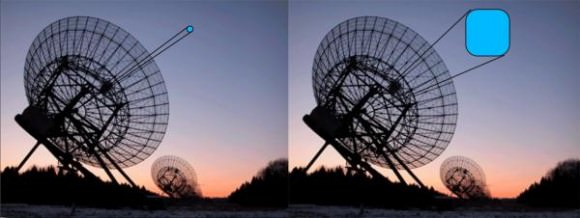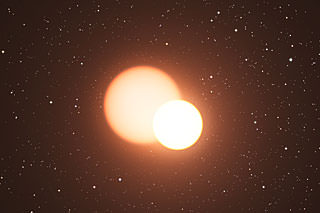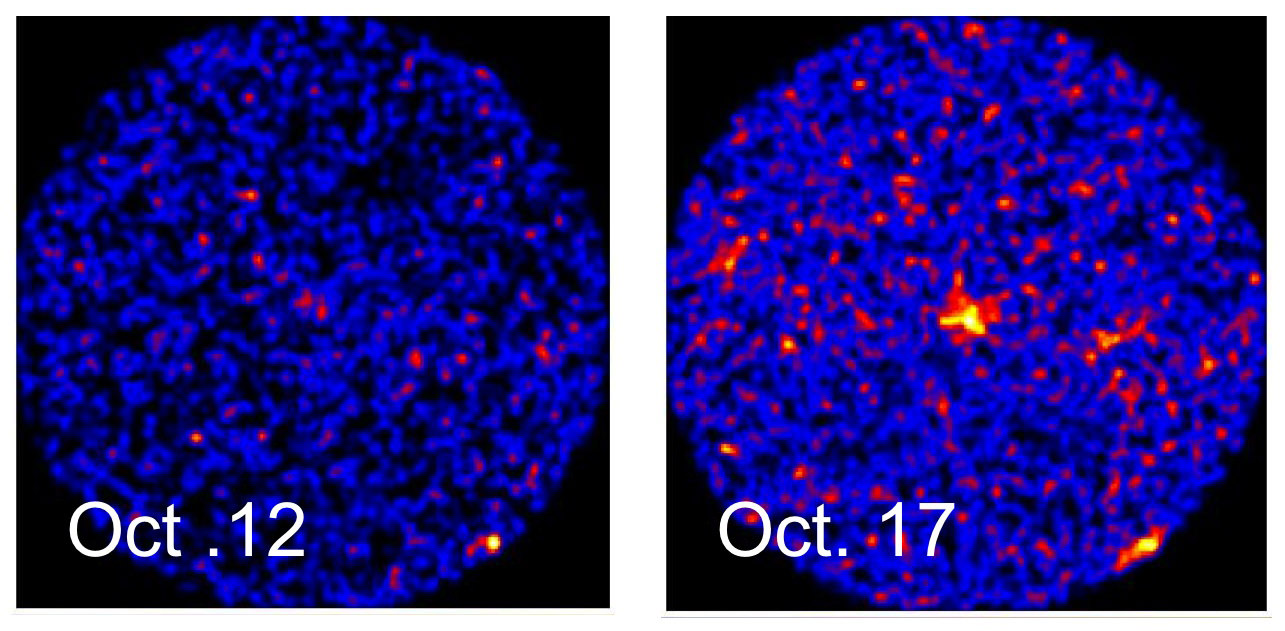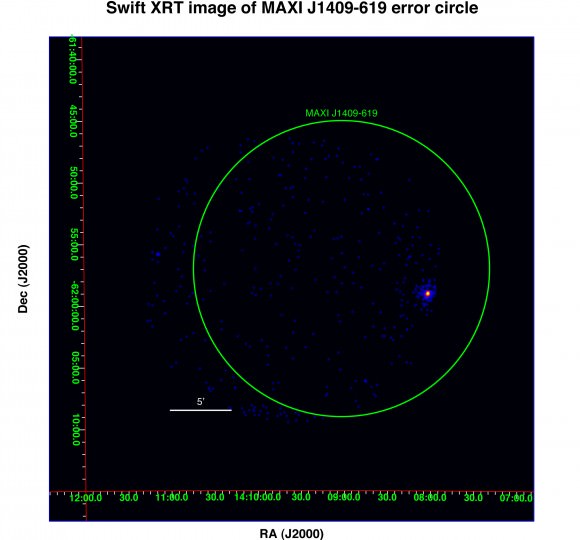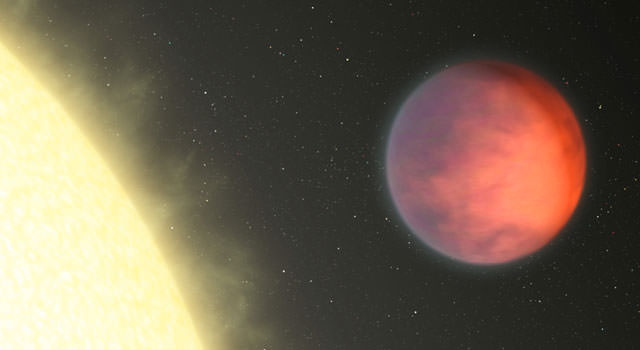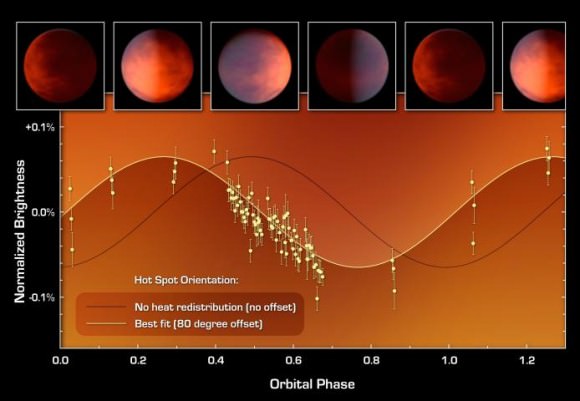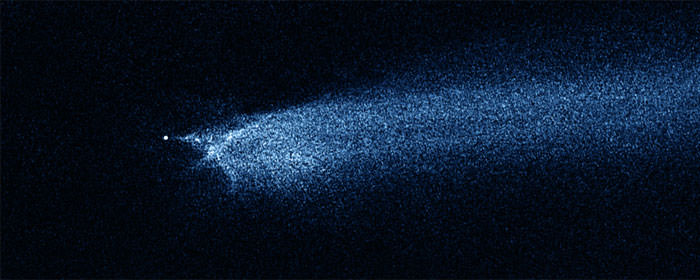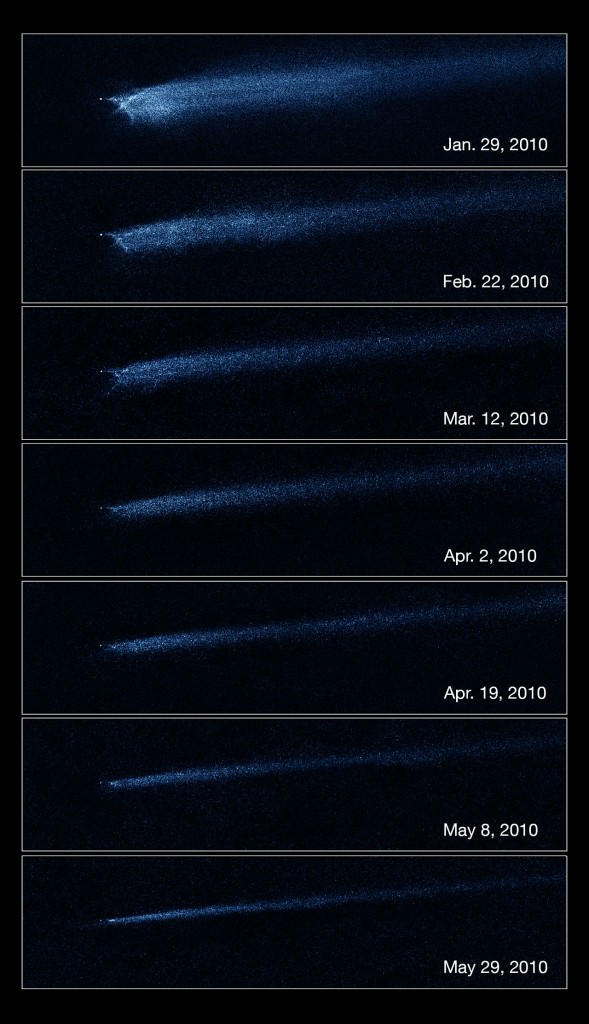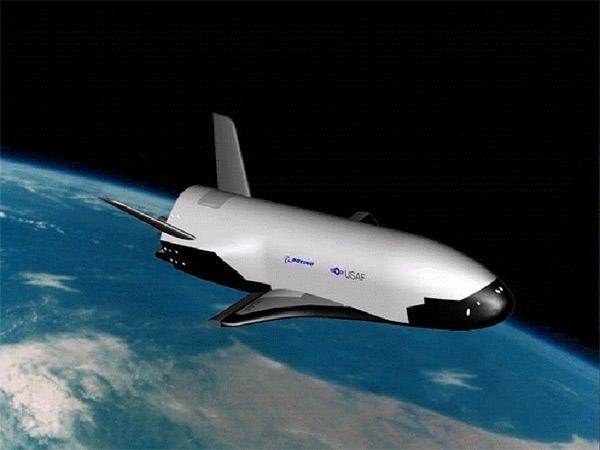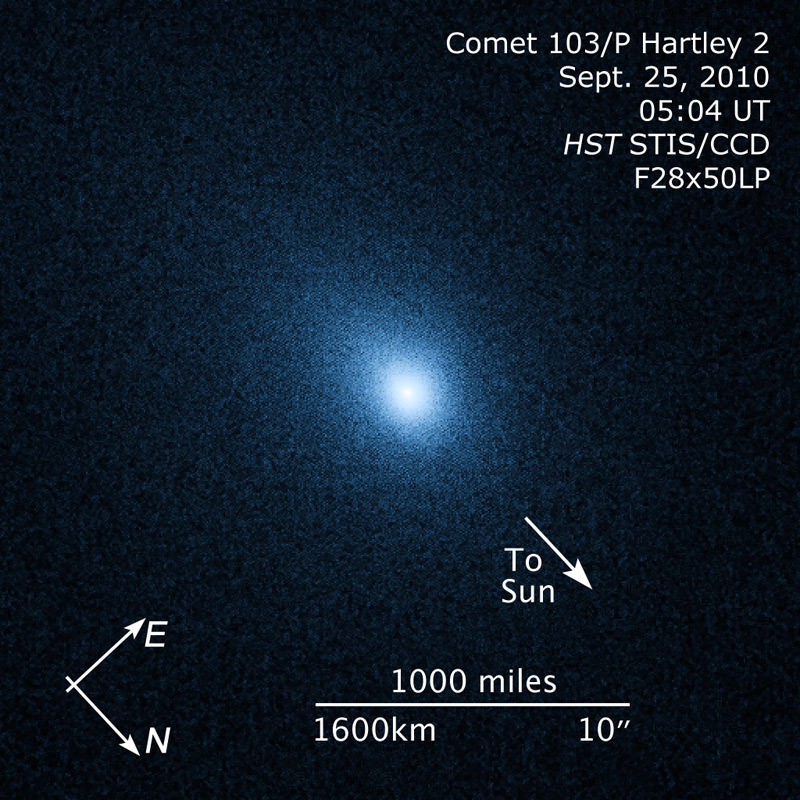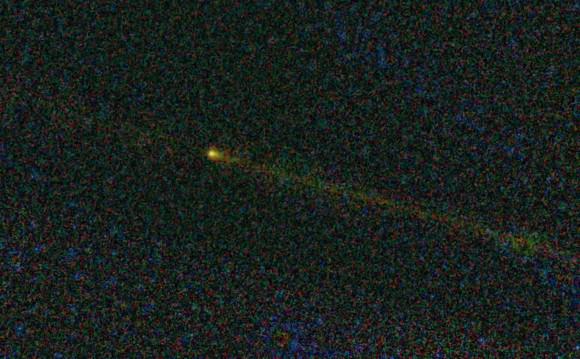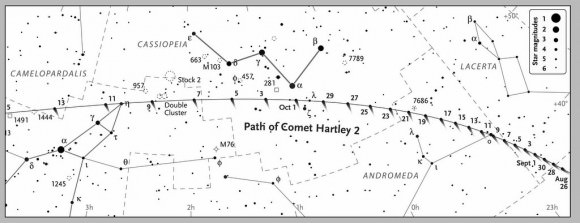[/caption]
It’s too bad that they missed Black Friday, but you’ll at least be able to get a few gifts for that astronomy enthusiast friend of yours for Christmas (or even for yourself!). The auction house Christie’s will be putting on the block 160 pieces from Edward Tufte’s rare book collection December 2nd in New York City.
Among the works are original 1st edition copies of such books as Isaac Newton’s Opticks (1704), and Galileo Galilee’s Sidereus nuncius (1610) which is better known in English as The Starry Messenger. Galileo famously reported some of his early telescopic observations in this book, discovering the moons of Jupiter and craters and mountains on the Moon. There will also be a copy of René Descartes’ Principia philosophiae (1644) and various works by other famous astronomers, philosophers and scientists.
Edward Tufte is a Professor Emeritus of Political Science, Statistics, and Computer Science at Yale University. According to his bio on their site, “His research concerns statistical evidence and scientific visualization.” Looking through the Christie’s catalog, his interests in science history and visualization are well-represented, and the collection is quite impressive.
Of course, all of these items come at a price, rare and famous as they are. Would you expect anything less from such a notable auction house? Opticks is billed to sell for $30,000 – $40,000, Principia philosophiae for $6,000 – $8,000 and Siderius nuncius – the most expensive of the entire lot – is valued at between $600,000-$800,000 (all amounts in US Dollars). Here are a few other items for sale, accompanied by their expected fetching price:
– John Snow – On the Mode of Communication of Cholera (1849) $10,000 – $15,000 This is an important book that revolutionized our understanding of disease transmission. Steven Johnson’s book Ghost Map is based on this work, and is a fascinating read.
– Euclid – Elements $400 – $600 A 1589 copy of this important mathematical work that underlies our understanding of physics and math today. Euclid was born around 300 BC, and the oldest fragment of the Elements only dates to 100 AD.
– Thomas Hobbes – Leviathan, or The Matter, Forme, & Power of a Common-Wealth(1651). $15,000 – $20,000 A very influential work in the history of political philosophy and social contract theory. You may recognize this quote from chapter 12 of the book, “…and the life of man, solitary, poor, nasty, brutish and short.”
– Christiaan Huygens – Systema Saturnium (1659) $25,000 – $35,000 This is a digest of Huygens’ observations of the Saturnian system, and contains one of the first drawings of the Orion nebula.
– Edmund Halley – A description of the passage of the shadow of the moon, over England, in the total eclipse of the sun, on the 22nd day of April 1715 in the morning. (1715) $15,000 – $20,000 An illustrated broadside of Halley’s prediction of the shadow cast by the lunar eclipse on April 22nd, 1715. There are a few other works from Halley for sale as well.
I suggest sifting through the catalog – there are a lot of detailed photos and descriptions of the books for sale, many of them rare gems from the history of philosophy and astronomy and science.
Tufte is also selling a piece of his own artwork for $50,000 – $70,000 titled, Pioneer Space Plaque: A Cosmic Prank (2010). A digital print that uses animation electronics, it is a redesign – and parody – of the original plaques that still fly aboard the Pioneer 10 and 11 probes. For a picture, visit the auction page.
Source: Scientific American, Christie’s


